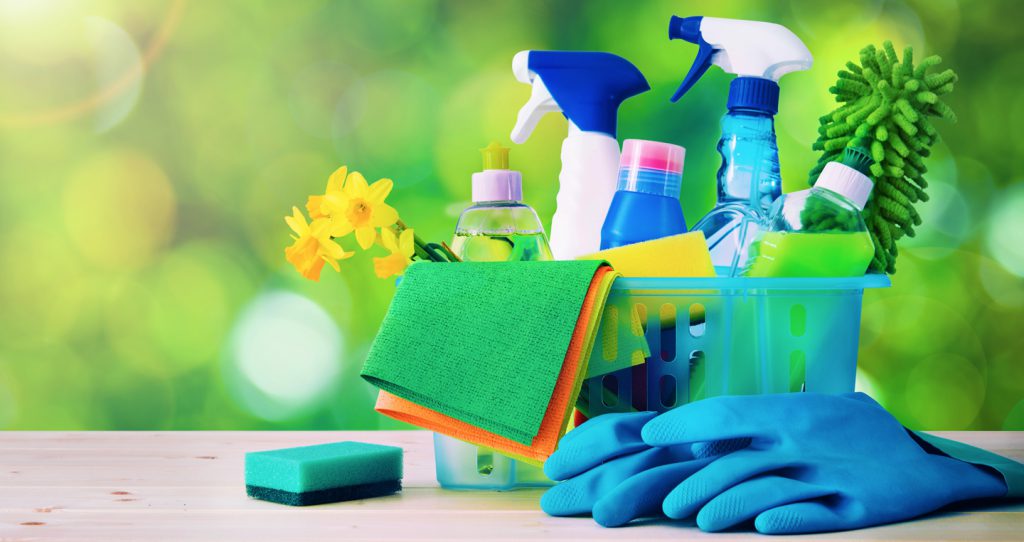By Josette Messere, SPT

My doctor told me I have Shoulder Impingement. Is this rare?
No need to fear, as you are not alone! Shoulder pain is actually VERY common. In fact, roughly ⅓ of of individuals in the United States will experience some sort of shoulder pain in their life. Of those that report shoulder pain, up to 50% are said to have subacromial impingement syndrome, or SAIS.
Subacromial Impingement Syndrome (SAIS)? What is that?
SAIS typically presents as pain on the front and side of one’s shoulder that progresses over time. It occurs when one of your rotator cuff tendons is squeezed in a crowded space between part of your scapula and the head of the humerus. You may have pain with activities like reaching into high cabinets or even washing your hair.
Who gets SAIS?
- Athletes
- Overhead sports: ex. baseball, volleyball, and tennis
- Under the age of 25
- Middle Aged Adults
- Activities or occupation that requires repetitive overhead activities
- Aged 40-60
- Increased risk for women
Is Physical Therapy a good Treatment option for me?
Yes! PT is a great option and has been shown to have beneficial outcomes for those with SAIS. PT’s will incorporate an exercise program into your treatment that will help to strengthen certain muscles, relax others, and address posture as well. Best evidence shows that manual (hands on) work on your shoulder and spine also help to decrease pain and increase mobility. In addition, Physical Therapy has been proven to be just as beneficial long term, and maybe even more-so, than surgery.
References:
Gutierrez-Espinoza, Hector et al. “Effect of supervised physiotherapy versus home exercise program in patients with subacromial impingement syndrome: A systematic review and meta-analysis” Physical Therapy in Sport vol 41. 34-42. 5 Nov. 2019, https://doi.org/10.1016/j.ptsp.2019.11.003
Khan M, Alolabi B, Horner N, Bedi A, Ayeni OR, Bhandari M. “Surgery for shoulder impingement: a systematic review and meta-analysis of controlled clinical trials.” CMAJ Open. 2019;7(1): E149–E158. Published 2019 Mar 7. doi:10.9778/cmajo.20180179
Larsson R, Bernhardsson S, Nordeman L. “Effects of eccentric exercise in patients with subacromial impingement syndrome: a systematic review and meta-analysis.” BMC Musculoskelet Disord. 2019;20(1):446. Published 2019 Oct 14. doi:10.1186/s12891-019-2796-5
Linaker CH, Walker-Bone K. “Shoulder disorders and occupation.” Best Pract Res Clin Rheumatol. 2015;29(3):405–423. doi: 10.1016/j.berh.2015.04.001
Pasin, Tuğçe et al. “Comparison of the Effectiveness of Platelet-Rich Plasma, Corticosteroid, and Physical Therapy in Subacromial Impingement Syndrome.” Archives of rheumatology vol. 34,3 308-316. 28 Mar. 2019, doi:10.5606/ArchRheumatol.2019.7225












